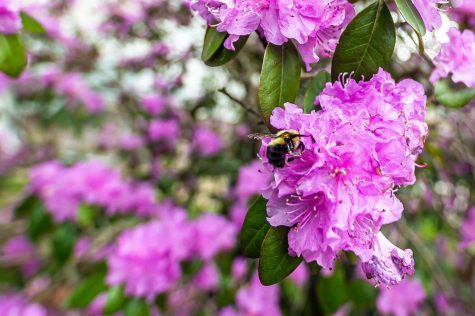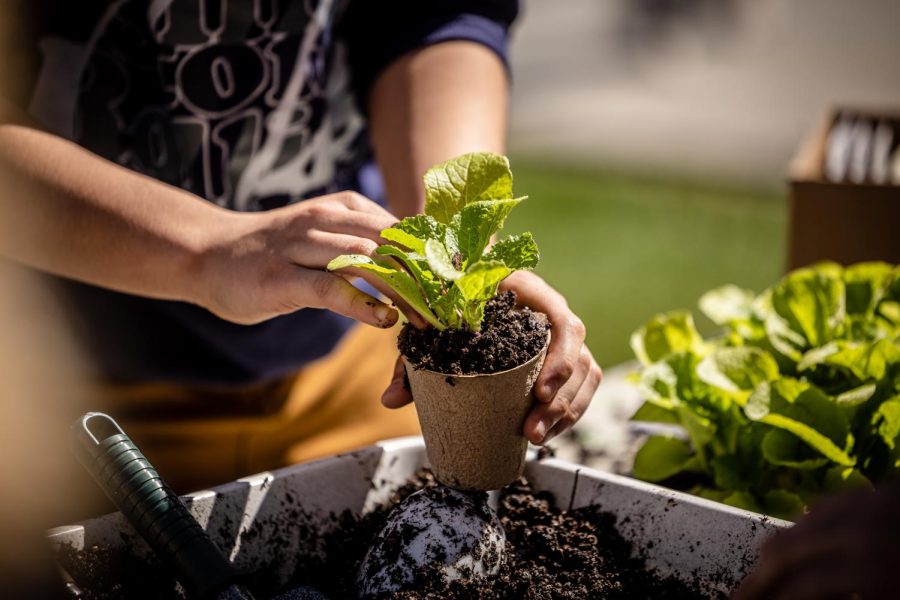Recycling Sustainability at Pingree
May 9, 2023
Walking into any space at Pingree one of the most common things you will find is a recycling bin. But does our recycling program actually work? This is a question commonly asked by faculty and students as we aim to create a more sustainable campus and world.
The Issue
One of the challenges in determining if our recycling system works is looking at Pingrees’ current program. Pingree uses a single stream recycling system which has been a very popular topic in the realm of sustainability. A single stream system means that anything you can recycle (plastic, paper, glass etc.) can all be recycled in one bin. As is imaginable it is much easier to recycle everything in one bin rather than many different bins which is why single stream is so popular.
While the convenience is a common draw to single stream, issues are commonly created especially surrounding materials like plastic because of how diverse plastic can be. Plastics are separated based on a number so that the different kinds we might run into can get easily separated. But, the melting down of plastic to create more plastic is complicated in that some plastics melt while others don’t, and even if they do melt they often end up losing some stability and structure. This is much less a case for materials like paper and glass because that can easily be turned back into durable, reusable materials.
In order to avoid the challenges of single stream recycling, Pingree could lessen its use of plastics on campus.
What’s Currently Working: Leadership, Education
Though we still have a long way to go in improving the recycling systems efficiency, reducing our plastic use at Pingree is a continuous effort being made by faculty and student leaders to create more sustainable change. As of right now a big thing that we know is working is education. The Green Team has created signage around school that helps to make students aware of what should or should not go into the recycling bins.
Some things we as community members can do to reduce our use of plastic on campus is bring reusable water bottles to school or use a reusable cup if you go to Dunkin or Starbucks in the morning. Even not using one plastic cup a day can make a big difference when it comes to keeping our planet clean.
“The burden of environmental issues is not the sole responsibility of one person,” says Ms. Cohane, “but we can all make a difference in our daily decisions!”

Innovations for Plastic Reuse
Another innovation currently happening in the commons is ecobricking materials collection. The use of Ecobricking is helpful to reduce already produced plastics in circulation. Ecobricking is where collected plastic bottles can be stuffed tightly with everyday plastics such as chip bags or sandwich wrap. These stuffed bottles can then be used as literal bricking for housing and they work perfectly because plastic is a very tough material to break down over time.
How Can We Make a Difference?
Moving toward the future and the upcoming school year we can also make a difference by only buying what we need. Whether it’s school supplies or food we can limit the amount of waste we produce by also preventing the purchase of things that we might already have in our possessions. A great way to be conscious of reduction is by using the 6 R’s of sustainability (More about the 6 R’s here). If there is one thing we should consider it’s changing our mindset to view making our planet clean and more plastic free an achievable goal.


